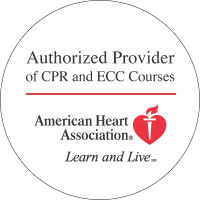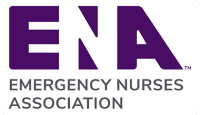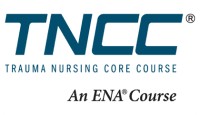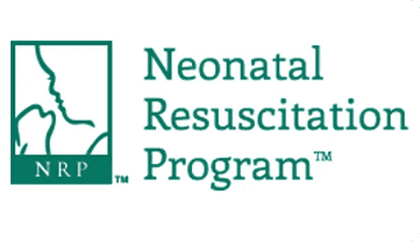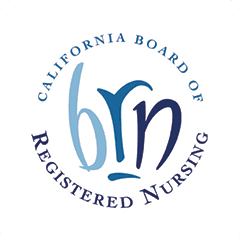Nearly every type of career sees changes over the years. Health care, technology, food preparation, manufacturing, agriculture and even clothes manufacturing have changed over the decades. Although it can be difficult to see these changes when you’re hyper-focused on your career, they become much easier to see when you examine the changes over the preceding centuries. Nearly all fields have become more streamlined. Work goes faster, digital technology has taken over most fields and health care has changed as research has shown how to better respond to diseases and life-threatening emergencies.
The only way to keep up with these changes in the health care field is to invest in your education constantly. Your education should not end as soon as you graduate from college. Instead, it should continue as long as you continue to work. In fact, every state has requirements for health care professionals to ensure that they’re providing the best and most up-to-date care possible for their patients.
What Is Continuing Education?
Continuing education is a type of class or education given to adults to keep them up-to-date in their fields. It may review topics with them, teach them about new research and tips for their practice or provide them with required certifications for their careers. Unlike college courses that require multi-month commitments and often come with involved projects and anxiety-provoking final examinations, most continuing education classes take only a day or two and have at most a short, low-stress test at the end.
Who Needs Continuing Education Hours in Health Care Fields?
Basically anyone who is licensed in any health care field will need continuing education, or CE credits, to maintain their certifications. This includes CNAs, LPNs, RNs, physician’s assistants, nurse practitioners, physical therapists, doctors, surgeons and more. Most states require recertification every two years, and some states may have more specific stipulations about how many CE hours you must take each year. You should check with your state’s licensing board to find out exactly how many hours they require of you and whether any of these hours need to be spent in covering specific topics, such as infection control.
How Can You Get Continuing Education Hours?
In the health care field, you have many options for getting in your CE credits. Your organization may require that you take certain classes in order to continue working for them, and these may count as CE hours. In fact, they may even pay you to attend some classes. You can also attend in-person classes on topics that interest you. Just make sure that the organization offers the accreditation that your state requires. A simple way to get in your CE hours if you’re pressed for time is to search for an online course.
What Is One of the Simplest Ways to Get CE Hours?
However, an even simpler method for getting in your hours is to kill two birds with one stone, so to speak. If you’re required to hold BLS or ACLS certification, you’ll need to re-certify every two years for your job. By taking a recertification course, you’ll be able to keep up with your workplace’s requirements and gain valuable CE hours. Recertification courses are typically incredibly quick, taking far less time than the original certification classes did. You’ll still have to take a written and a hands-on test. However, these classes can often knock out a number of your required CE hours for the year.
If you need to re-certify in BLS, ACLS, PALS or TNCC, consider Project Heartbeat for in-person classes that get you up-to-date on the latest recommended practices and that also give you valuable continuing education hours for your efforts.


